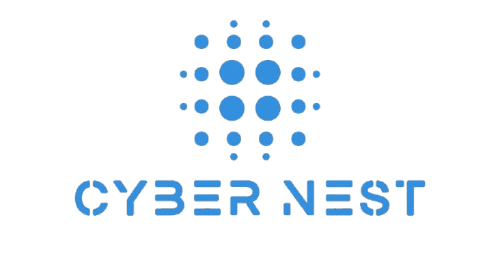Multi-Cloud Readiness Checklist

Is Your Business Prepared to Manage Multiple Clouds Without Losing Control?
Adopting a multi-cloud strategy (AWS, Azure, GCP) is no longer optional—it’s a necessity for resilience, compliance, and innovation. But most companies jump in unprepared and quickly face:
- Exploding costs due to poor visibility across providers.
- Security gaps from inconsistent policies.
- Integration failures caused by disconnected systems.
- Governance blind spots that increase compliance risk.
This 15-point Multi-Cloud Readiness Checklist ensures your organization is prepared to leverage the best multi cloud management platforms without falling into common traps.
Strategy & Governance
- Clear Multi-Cloud Strategy
- Defined goals: cost savings, resilience, compliance, or vendor flexibility.
- Aligned with long-term business outcomes.
- Governance Framework in Place
- Cloud policies standardized across AWS, Azure, and GCP.
- Defined ownership for workloads and data.
- Vendor Lock-In Avoidance
- Applications architected for portability.
- No reliance on single-provider proprietary features.
Cost Management
- Unified Billing Visibility
- Use multi cloud cost management tools for centralized reporting.
- Consolidate billing data from all providers.
- Budget & Alerts Per Cloud
- Thresholds set for each provider.
- Alerts tied to projects, apps, or business units.
- FinOps Adoption
- Ongoing collaboration between engineering and finance.
- Continuous optimization, not one-off reviews.
Security & Compliance
- Unified Security Policies
- Consistent IAM rules across clouds.
- Automated policy enforcement with multi cloud security tools.
- Centralized Vulnerability Management
- Continuous scanning across environments.
- Prioritization of risks across infrastructure, apps, and identities.
- Compliance Mapping
- Frameworks like SOC 2, HIPAA, PCI mapped across all providers.
- Multi cloud security solutions ensuring consistent controls.
Tools & Platforms
- Multi-Cloud Management Platform
- A single pane of glass for monitoring, automation, and governance.
- Evaluated best multi cloud management platforms for your industry.
- Automation & Orchestration
- Workload deployment automated across clouds.
- CI/CD pipelines integrated with multi-cloud workflows.
- Tagging & Resource Management
- Standardized resource tags across clouds.
- Automated policies for lifecycle and ownership.
Operations & Resilience
- Disaster Recovery & Backup
- Multi-region, multi-cloud DR strategy.
- Automated failover between providers.
- Observability & Monitoring
- Centralized dashboards for metrics, logs, and alerts.
- AI-powered anomaly detection across platforms.
- Team Skills & Training
- Staff certified in AWS, Azure, and GCP.
- Ongoing training on multicloud management tools.
Scoring Your Multi-Cloud Readiness
- Ready (Green): Frameworks, tools, and governance in place; proactive security and cost controls.
- Developing (Yellow): Strategy defined but gaps in automation or security enforcement.
- At Risk (Red): No unified visibility, ad-hoc operations, rising costs, unclear ownership.
Final Takeaway
Multi-cloud management services aren’t just about adding providers—they’re about building a governed, secure, and cost-efficient ecosystem. With the right checklist, you avoid chaos and create a resilient foundation that grows with your business.
Pro Tip: Start with governance, not tools. A clear policy framework makes every platform—from AWS to Azure to GCP—work in sync.
